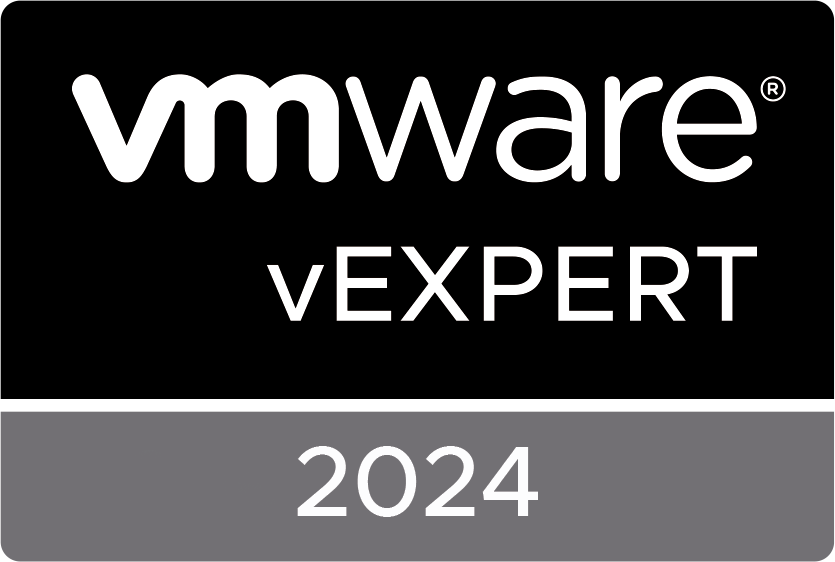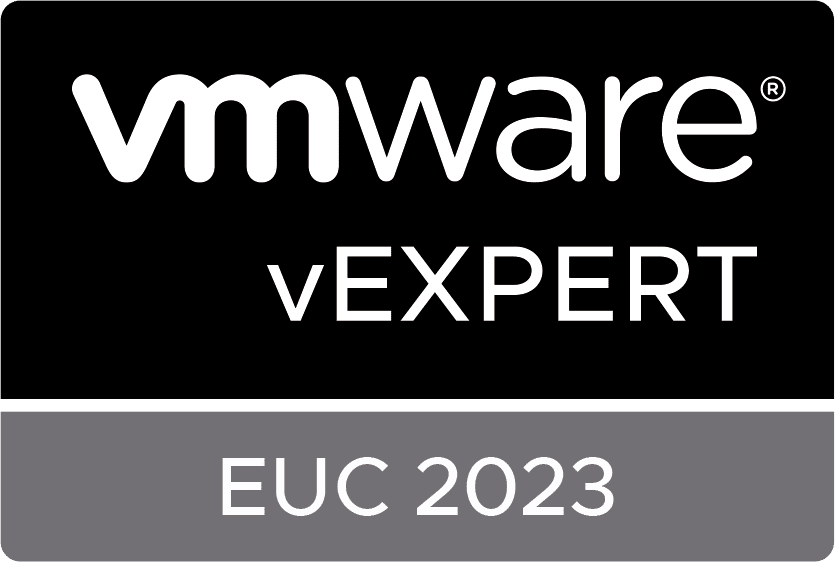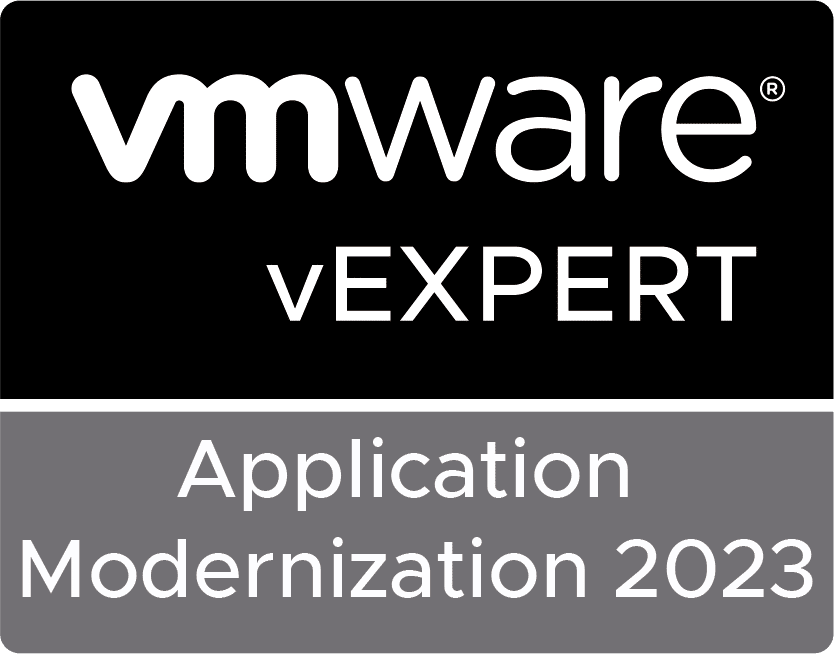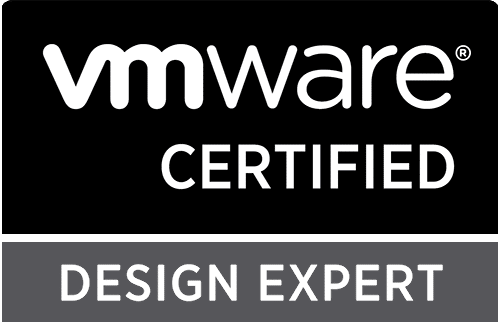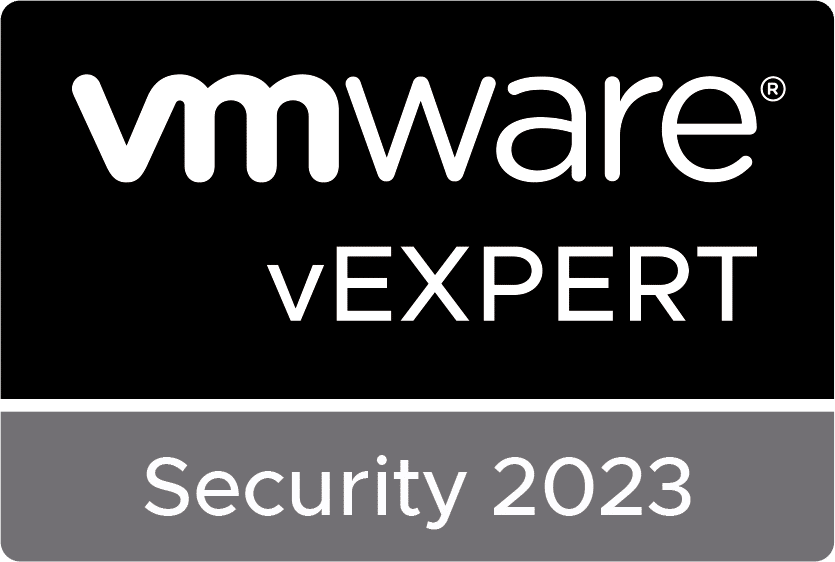The initiative to declare 2019 as the true Year of VDI continues. As you may have read in my previous blog post, I believe the main reason for the declaration is that the technology has matured to a level where it can become a mainstream technology. Of course, this is the case in certain industries and when you are facing tons of traditional applications. By the way, if you haven’t filled out the VDI survey yet, I would like to ask for 5 minutes of your time to help me gather as much information as possible about VDI usage!
Last week Brian Madden released a couple of articles in which he first declared VDI to be all but dead and later explained why there should never be a Year of VDI. Let me first start to say that I admire Brian for all he has brought to the industry. His absence in the field and his sudden return on the 1st of April in 2018 were a big surprise to most of us, especially when announcing he would be joining Shawn Bass’s team in the Office of the CTO at VMware. Listening to him explain what got him to join the team, is inspiring. VMware acquired AirWatch in 2014 and entered the endpoint management game. In the past 4 years, a lot has happened with the solution and with Microsoft and Apple enabling their operating systems to be managed through a solution like VMware Unified Endpoint Management (the solution formerly known as AirWatch), it is a great addition to VMware’s EUC portfolio. Brian got convinced (as an SCCM guru) that this would change a big part of how we manage the physical part of a workspace and took the job. And I think he is completely true. Workspace ONE is a complete suite of solutions that allow you to:
- Manage all types of devices that would like to access your apps/data
- Manage the identity of a user, regardless of the device they are using
- Enabling the most efficient way of authenticating
- Access all of your data, regardless of the location and device
- Enabling the user to buy a new device and use it in the corporate workplace within 15 minutes
- Use Artificial Intelligence to automate and secure the workplace
- Distribute (modern) applications to any type of device
This rich feature set is a big game changer and an enabler for our future workforce to work from any place, with any app, from any device, at any point in time.
How would you fit this is a “modern” company?
Organizations that have a strict policy to only work with modern applications such as cloud-based or native apps, that all support SAML integration and are built with continues delivery in mind are a perfect example as to where that vision can come to life. VMware, but also ITQ are such companies. The complete application landscape consists of modern/cloud apps. Aggregating them into one portal and delivering conditional access to those apps, based on the context of the user will ensure the most effective way of securing them. Companies like VMware and ITQ are built around mobility. Employees could be working from all over the world, so their back-office systems are designed to be available from any location. That way of managing devices, apps and identities were part of the business, way before the Digital Workspace and modern management were introduced.
How would you fit this is in any other company?
Unfortunately, most companies aren’t like VMware and ITQ. I haven’t met a single customer yet that had a 100% modern/cloud application landscape. Heck, I believe that most of the customers I have worked for had an average of 500 traditional applications. And this is where I believe it becomes complex. If you would like to bring those 500 traditional apps to a portal like Workspace ONE Hub, make them available on all 4 ANYs (device, user, location, point in time), the ideal situation would be to migrate or replatform the traditional ones to modern 12-factor apps or cloud ones, and you are ready. But like I explained in the previous post, this will take multiple years. In the meantime, you need a “temporary” solution to this issue.
If you would like to bring traditional apps to a Digitial Workspace, you can’t simply do so without adding additional solutions to the platform. You would probably have to include Remote App solutions (such as Horizon Remote Apps, RDHS or Citrix Virtual Apps) to publish those as single apps in a portal. If you would like to publish them from a remote desktop, you might do so with a virtual desktop.
Sure, I agree that EUC shouldn’t only revolve around VDI. I read my email probably more often on my phone than on my laptop. But I am completely used to all 4 ANYs. My wife works in HR and although she is like me (generation X), she doesn’t use her devices in the same way I do. Her phone is for calling people, sending text messages and occasionally read an email. I believe that the majority of Gen X and older employees are comparable to my wife. They have worked with traditional apps for most of their career and changing that requires time, a lot of time. If you take an average hospital, bank/insurance company, or a government agency and look at how their users are able to run applications in their daily work, they won’t be able to do so without a VDI/RDSH solution (or remain physical, of course).
This is where I believe Brian is wrong. The Digital Workspace vision is great, but for most customers, it’s just a vision and far from reality. Some parts of the vision can already be implemented though. Managing devices, distributing mobile apps to any device, enabling BYOD, are all examples of the benefits included in a Digital Workspace. By using a suite like Workspace ONE, you will be able to do those things (and much more) from a single suite, without the use of additional point solutions. At this moment (in late 2018), I strongly believe that all of those features are a great addition to the core of most of the Digital Workspaces I have designed: VDI. Without VDI, customers aren’t able to achieve the 4 ANYs for all of their use case. With VDI as the foundation of the Digital Workspace, customers are able to run any app on any device at any point in time. I explained some more about this in the following lightboard video:
[youtube https://www.youtube.com/watch?v=FeVGaeB8DuA?enablejsapi=1&autoplay=0&cc_load_policy=0&iv_load_policy=1&loop=0&modestbranding=0&rel=1&fs=1&playsinline=0&autohide=2&theme=dark&color=red&controls=1&&w=740&h=416]
So, how useful is a Digital Workspace without VDI?
In most cases: not useful at all. I hope this post and the lightboard video gave you an idea of the importance of VDI within a Digital Workspace. Without a VDI, you won’t be able to achieve all of the ANYs. Traditional apps just require a Windows OS to run on and if remoting those applications is important, a VDI is the way to go. Unless you manage to replatform all of your traditional apps to modern 12-factor apps on a platform like Cloud Foundry that is. And we all know that it’s more likely to see things like Fortnite becoming an official Olympic sport and Jurassic Park coming to life in the next 30 years than all of your traditional applications being replatformed or migrated to the cloud in the same time frame.. 
The post How useful is a Digital Workspace without VDI? appeared first on vHojan.nl.
The original article was posted on: vhojan.nl


